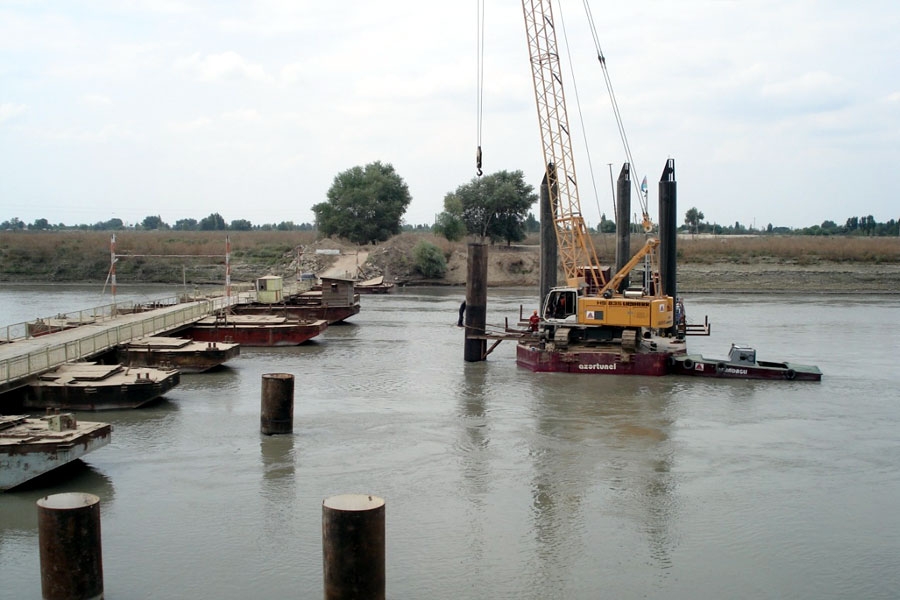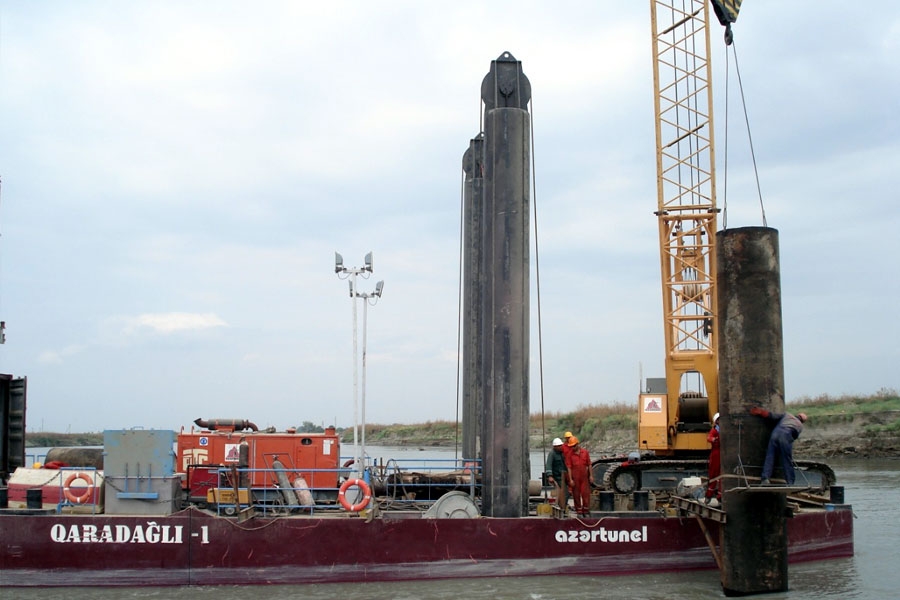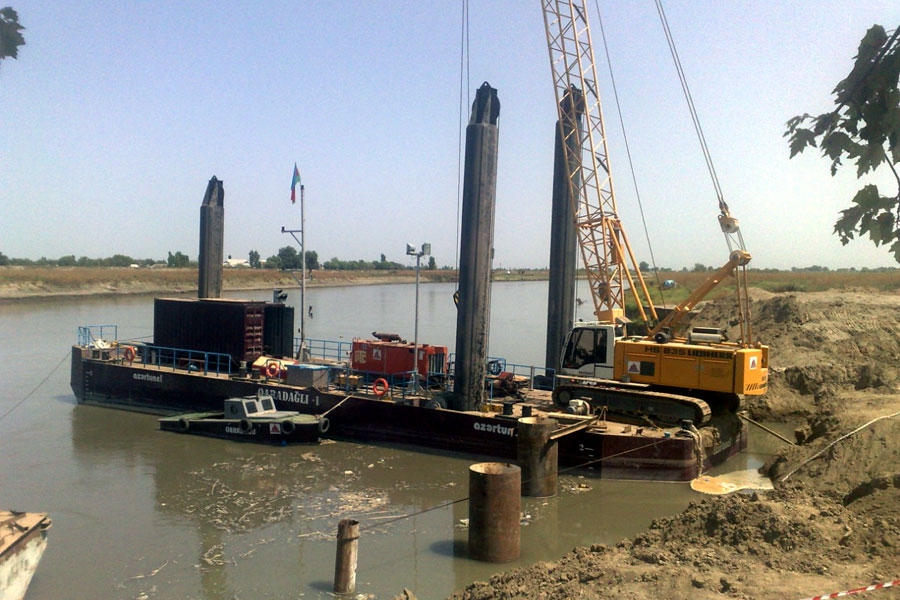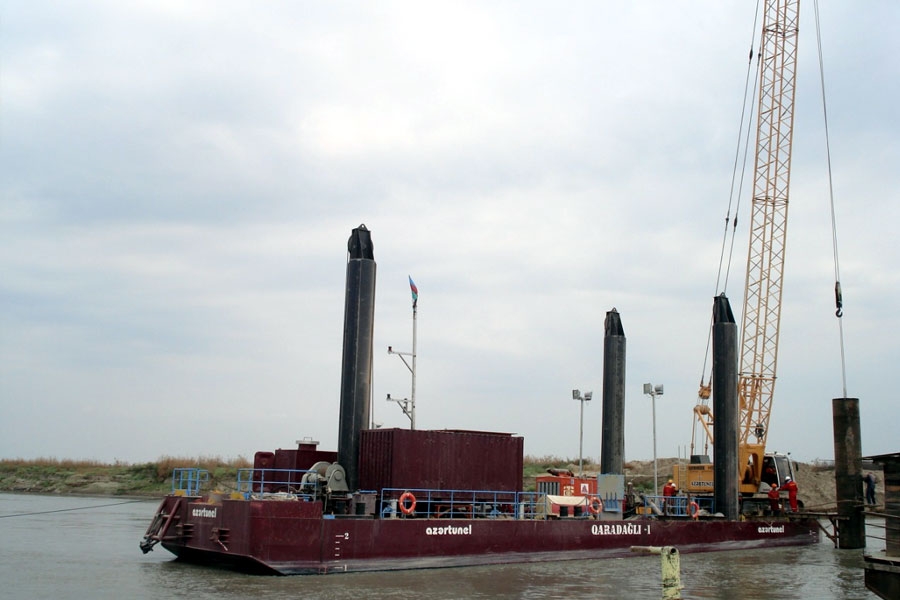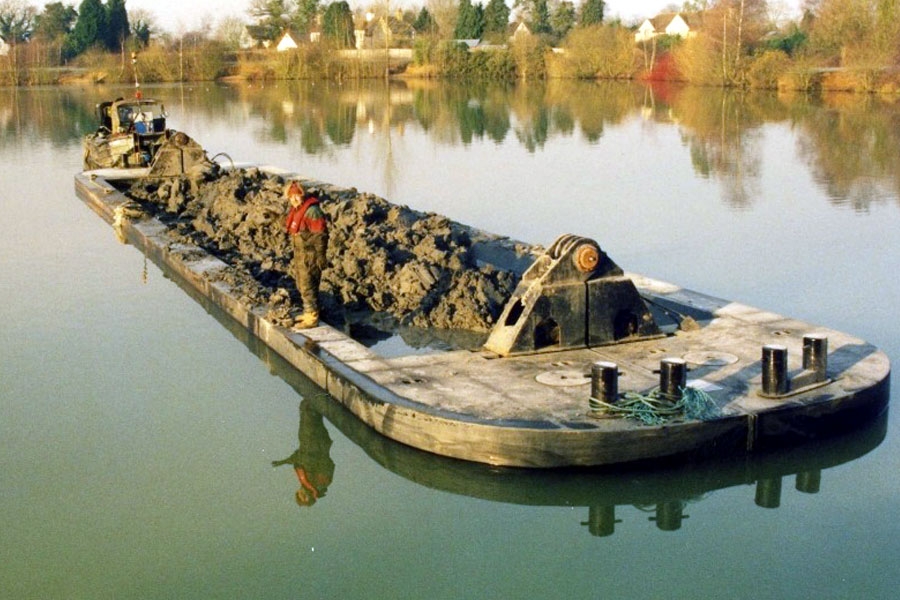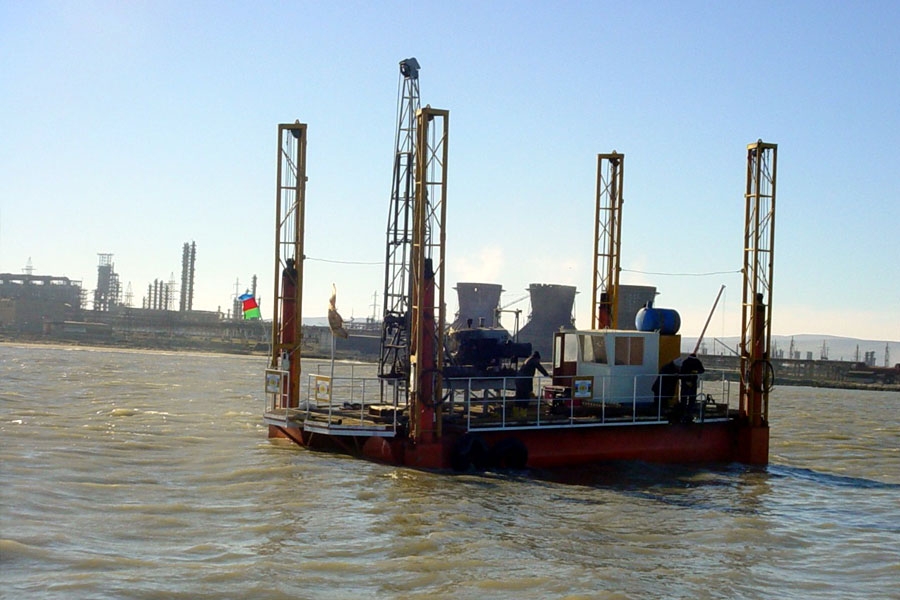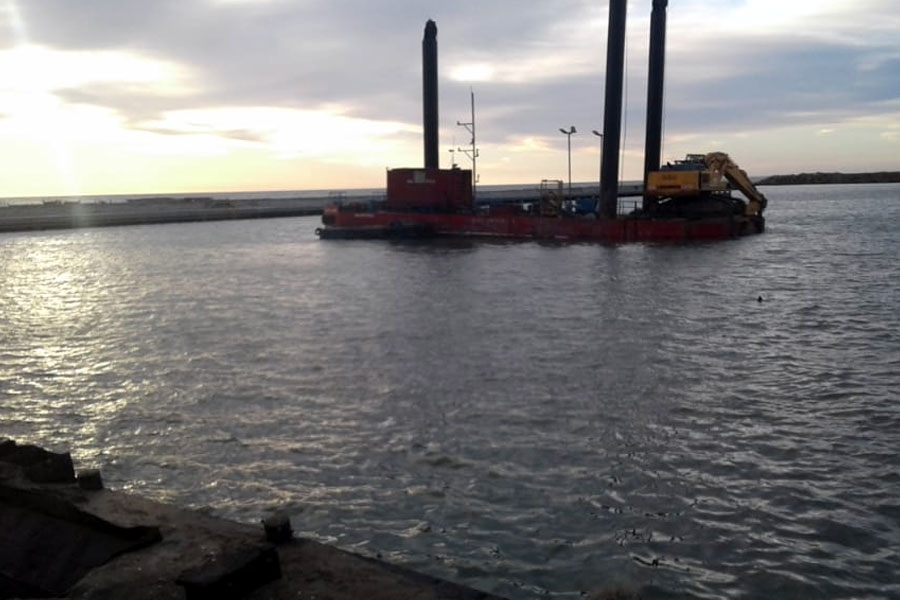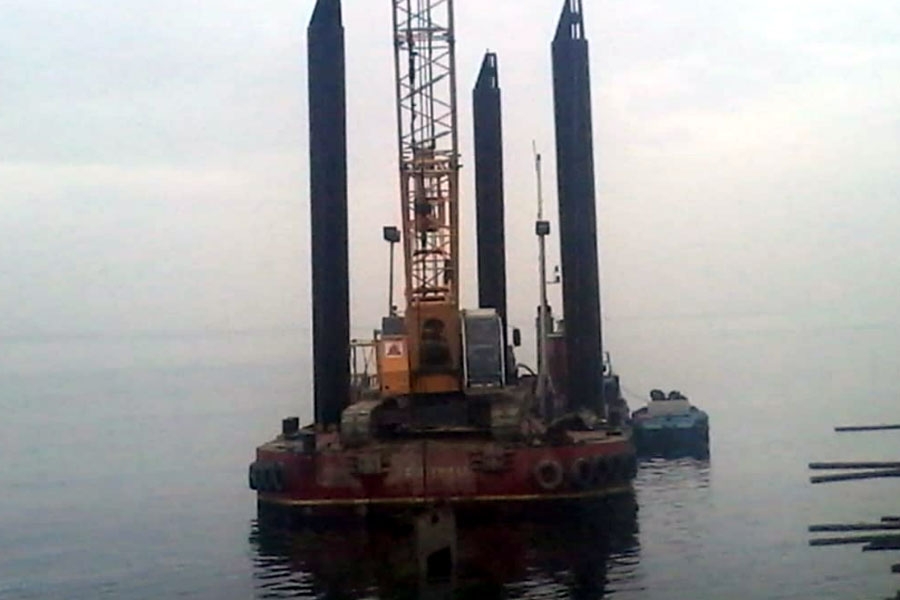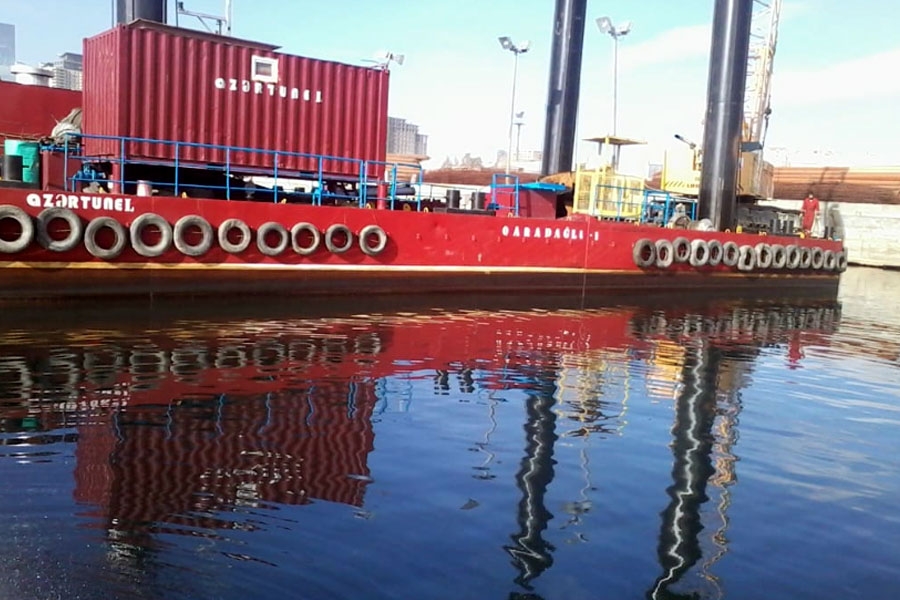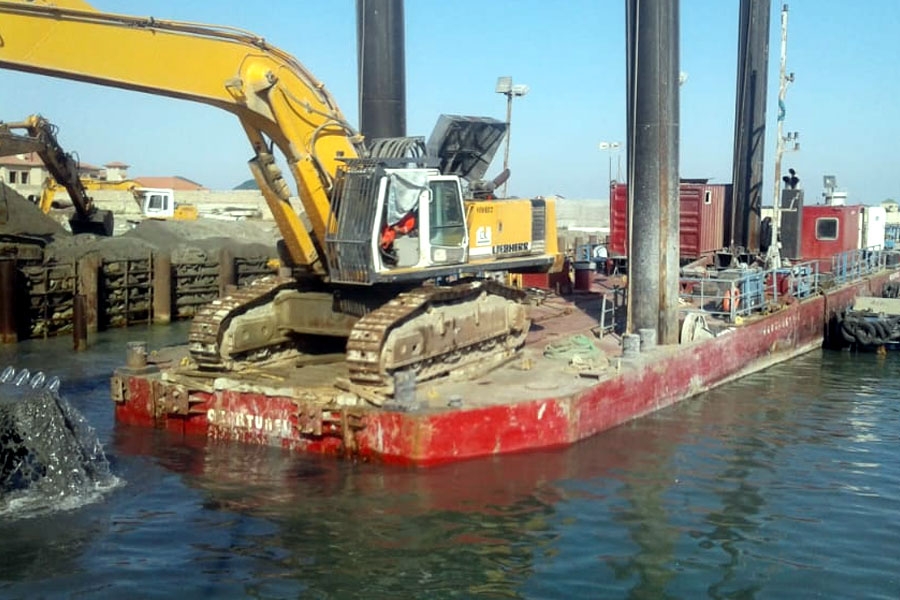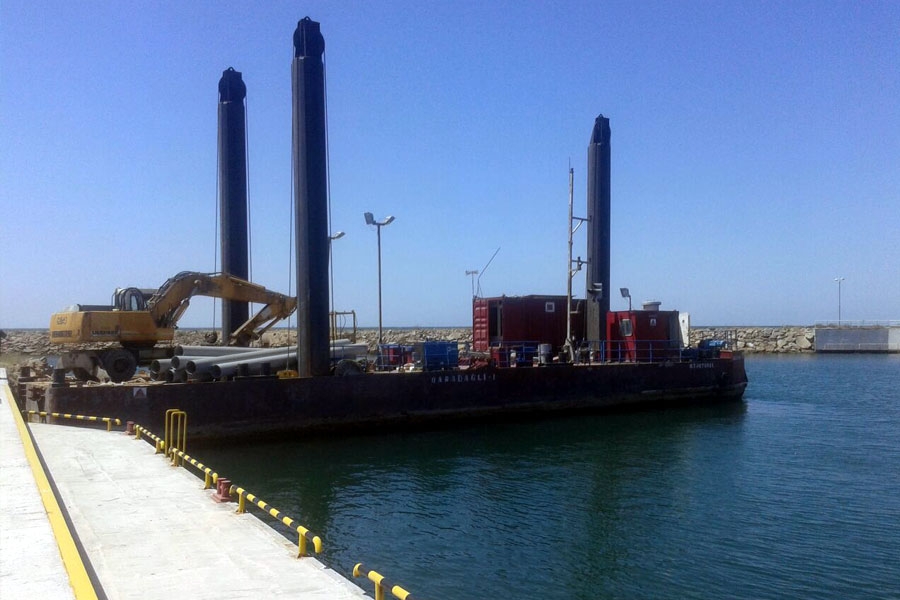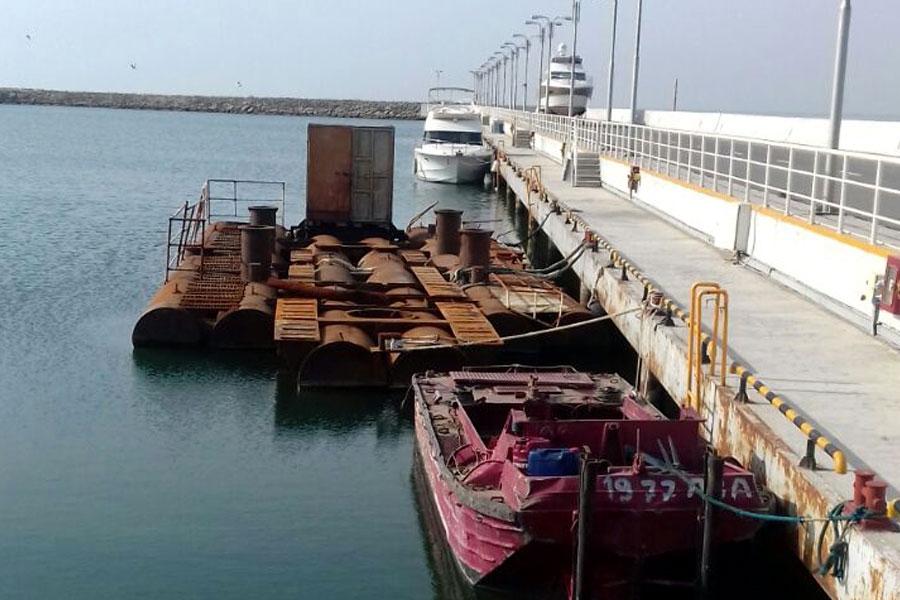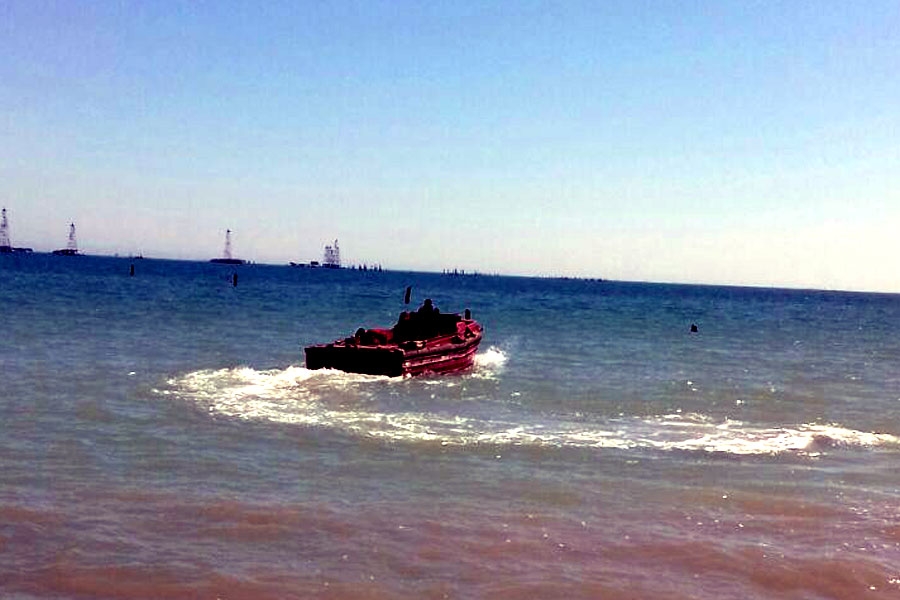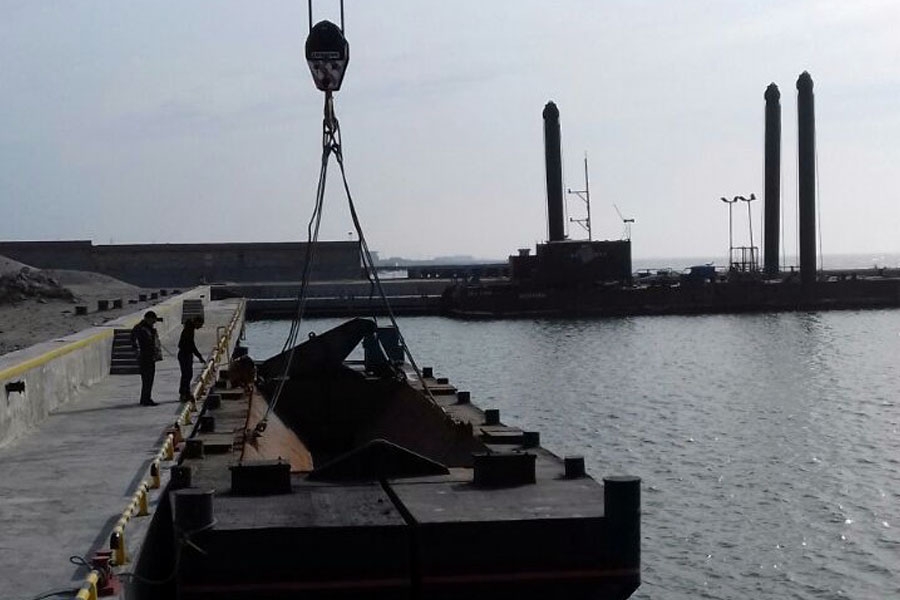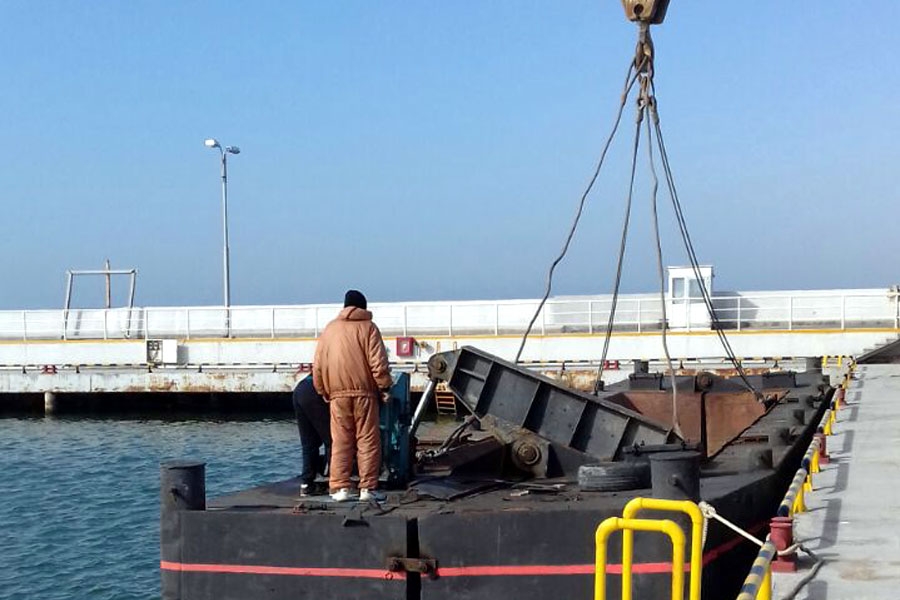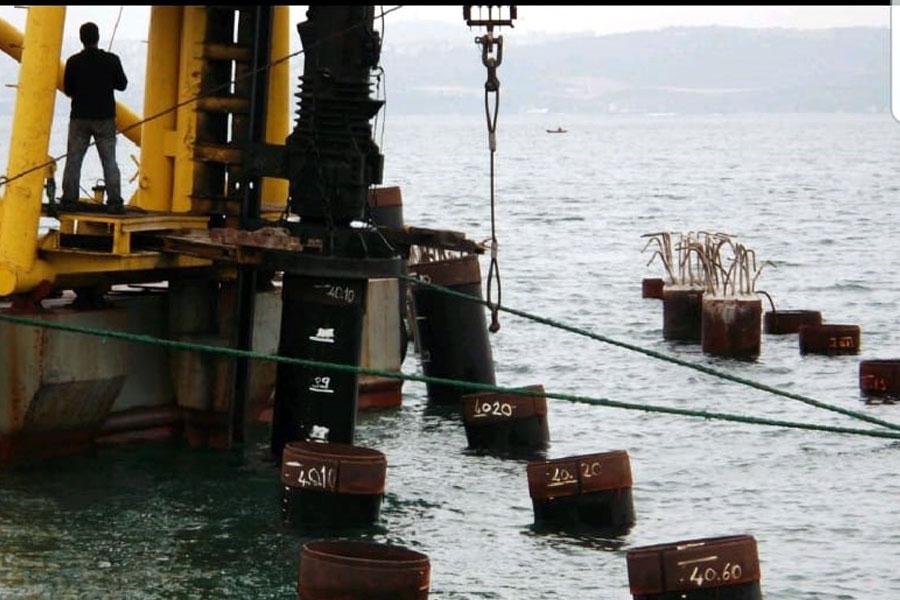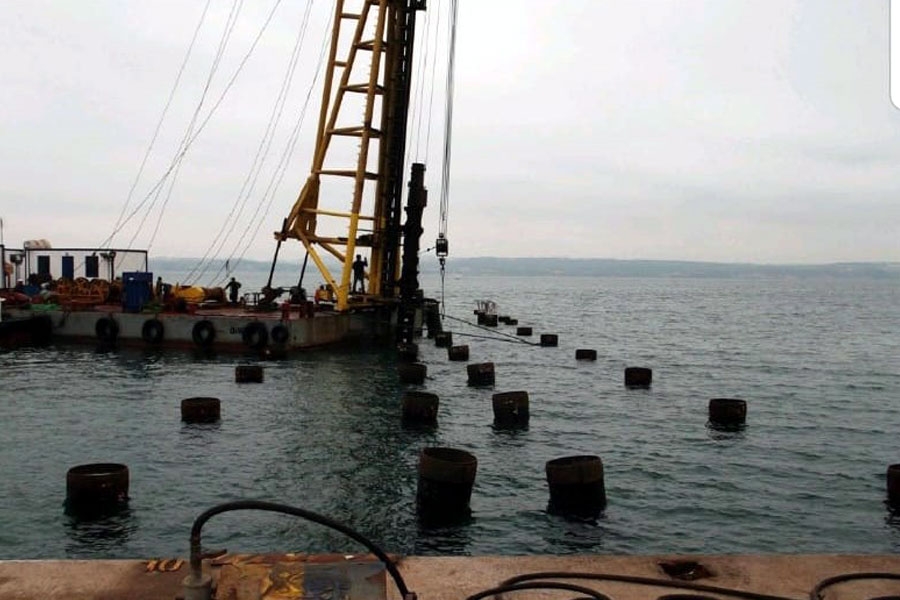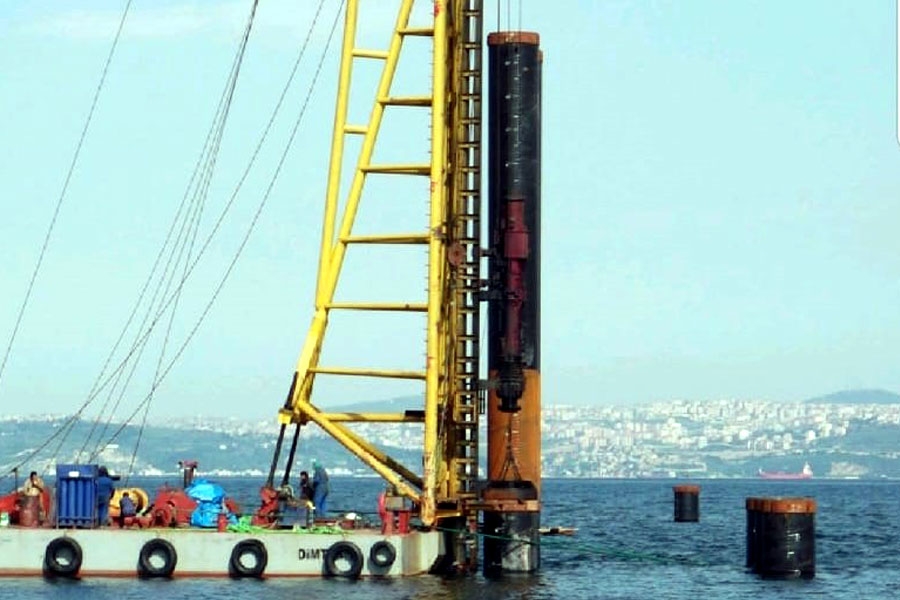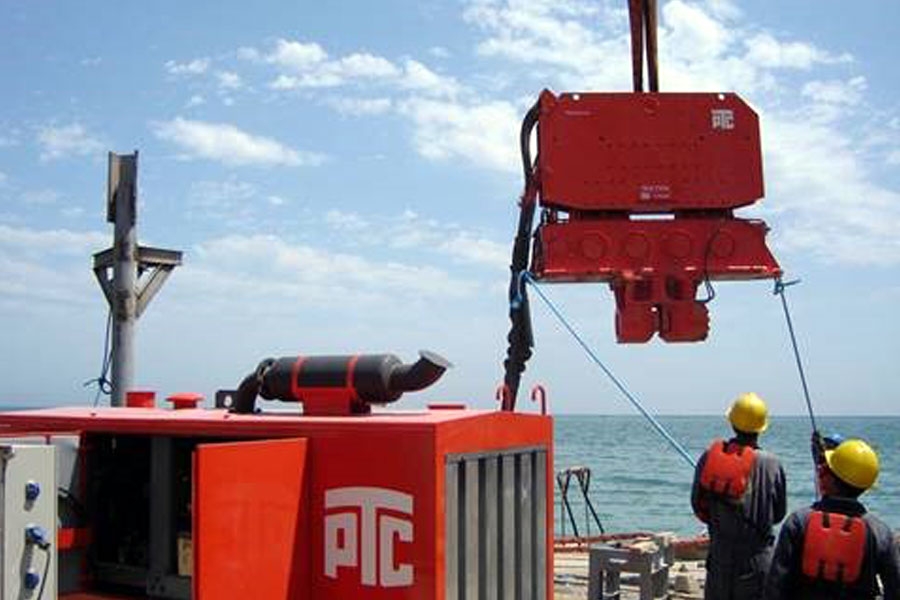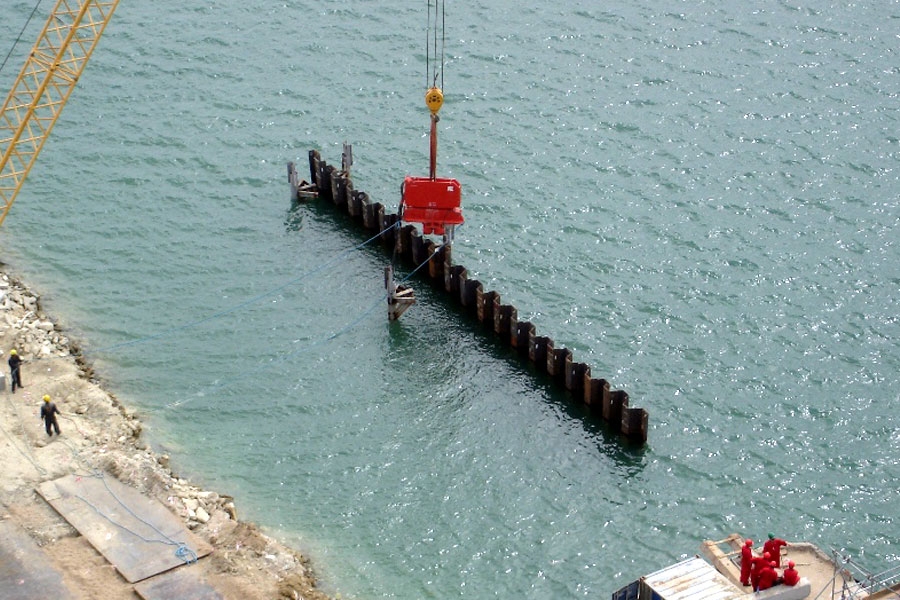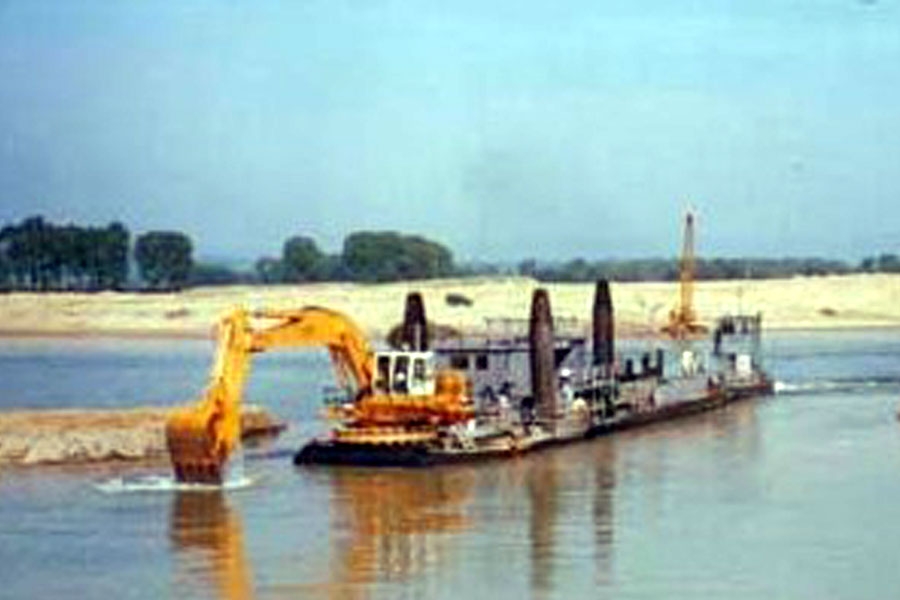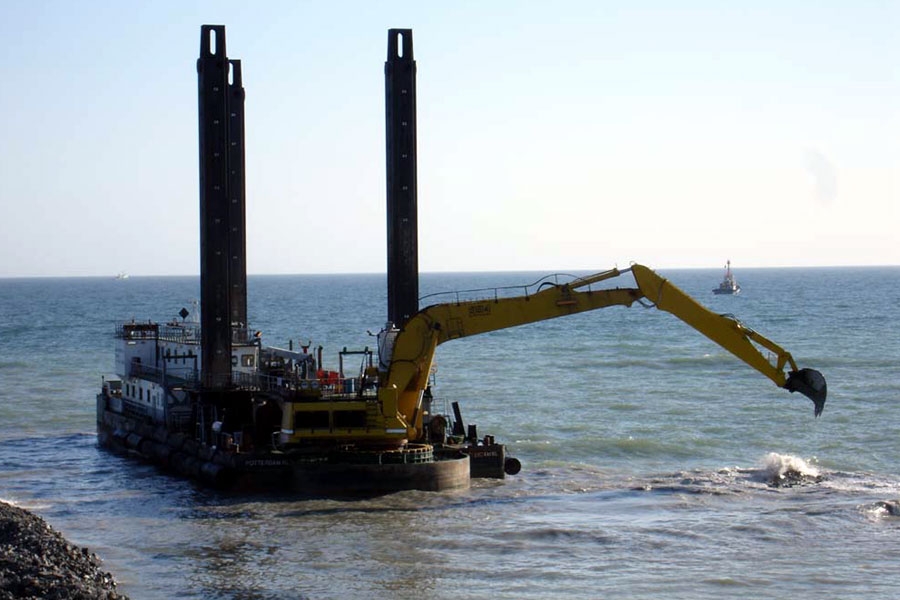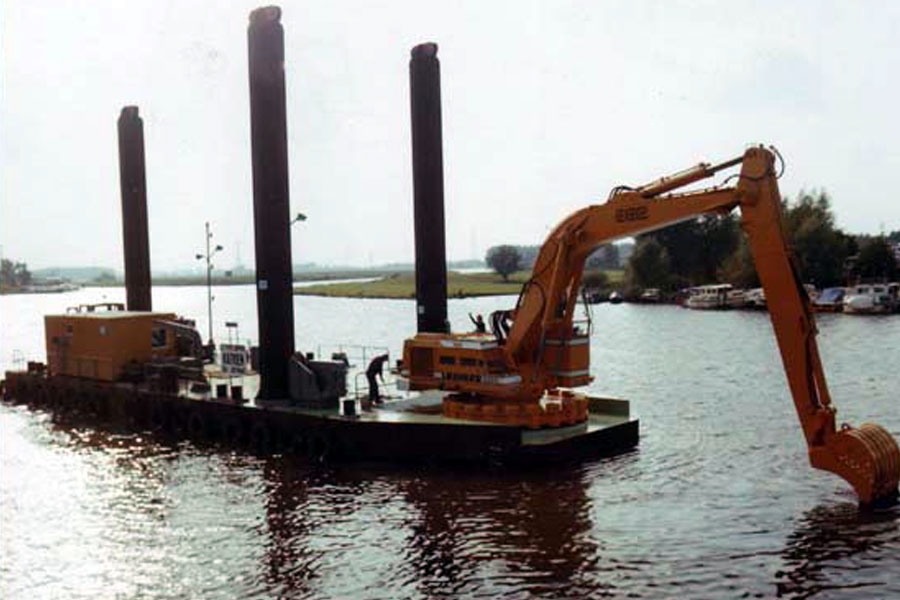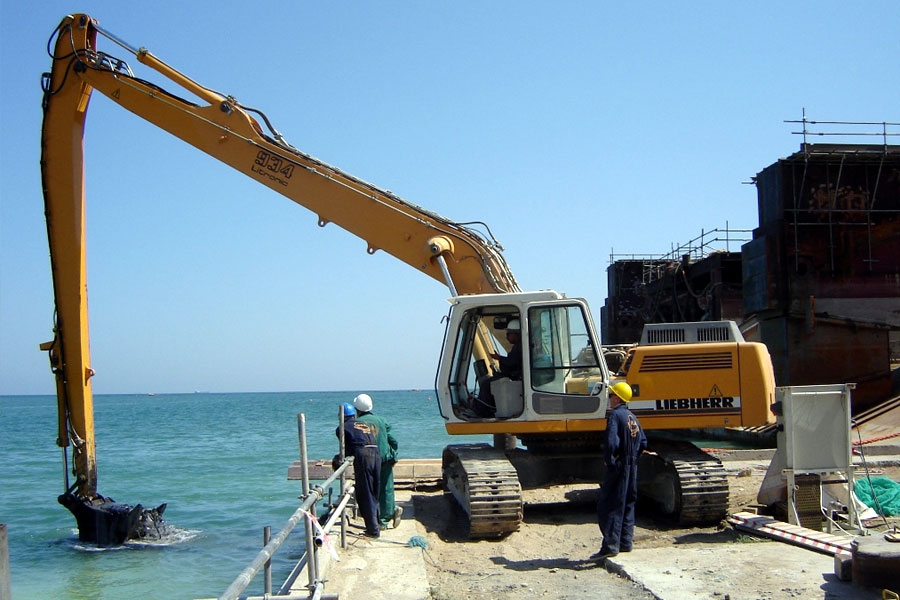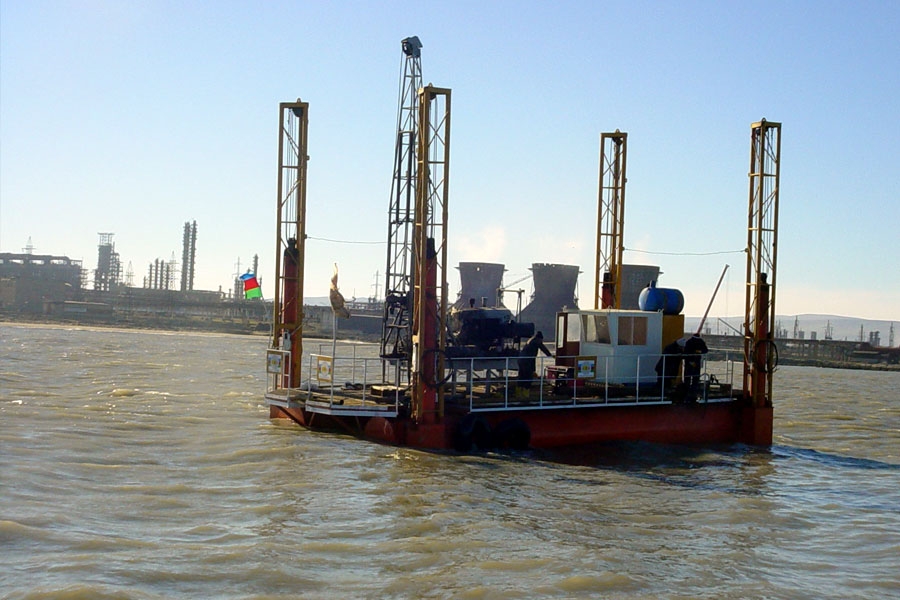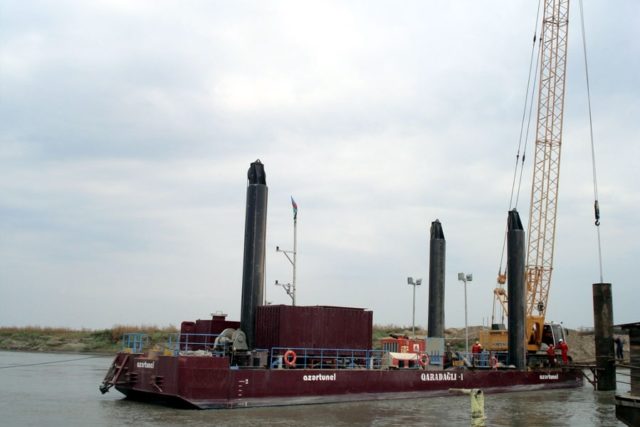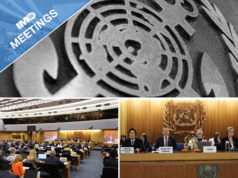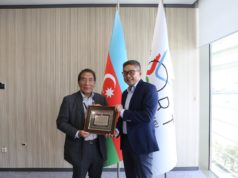Design and construction of marine and river structures
The design, construction and operation of structures in the aquatic environment – on the seas, rivers and lakes, is carried out with the aim of:
– to adapt the existing natural regime of a natural water body for rational and efficient use in agriculture, energy and transport
– create artificial water streams and reservoirs, when natural water for consumption is not enough
– protect yourself from the harmful effects of water
– to create engineering structures for the special needs of certain types of the national economy.
Engineering structures erected on rivers or using river runoff are called river hydraulic structures, and structures on the seas are called offshore hydraulic structures.
Hydraulic structures are subdivided into permanent and temporary:
– temporary structures include structures used only during the construction and repair of permanent structures.
– permanent hydraulic structures depending on
their purposes are subdivided into major and minor.
The main ones include hydraulic structures, the destruction of which leads to disruption of the normal operation of an economic facility.
– dams;
– water intakes and water intake structures;
– spillways, canals for various purposes, tunnels and pipelines;
– pressure basins;
– surge tanks;
– buildings of hydroelectric power plants and pumped storage power plants;
– hydrotechnical structures of thermal power plants and pumped storage power plants;
– fish passage and fish protection structures.
Secondary hydraulic structures include those, the destruction of which does not entail serious consequences for the economic facility. Among them:
– repair gates;
– ice protection structures;
– stream-guiding dams;
– bank protection structures;
– service bridges.
Hydraulic structures are divided by capital into 5 classes:
– the 1st class includes the main permanent hydraulic structures of hydroelectric stations with a capacity of more than 1 million kW;
– to the 2nd – the construction of hydroelectric power plants with a capacity of 301 thousand – 1 million kW, structures on superhighway inland waterways and the construction of river ports with a navigational cargo turnover of more than 3 million conventional tons;
– to the 3rd and 4th classes – the construction of hydroelectric power plants with a capacity of 300 thousand kW or less, structures on the main inland waterways and local routes, the construction of river ports with a cargo turnover of 3 million conditional tons or less;
– the 5th class includes temporary hydraulic structures.
For the serviced water sector, hydraulic structures are:
– land reclamation, intended for irrigation, drainage and watering of lands (water intakes, pumping stations, irrigation and drainage canals and structures on them);
– hydropower, serving for the use of water energy (buildings of hydroelectric power plants, pressure basins, balancing chambers, free-flow and pressure diversion structures);
– water transport – for the purposes of navigation (navigational locks and canals, ship lifts, seaports, breakwaters, river piers and piers) and timber rafting (zapani, booms, logs, trays, log runs and rafts);
– plumbing and sewerage – for water supply purposes (water intakes, water conduits, pumping stations, water towers, reservoirs, capturing structures, treatment devices, storm pipes and collectors);
– fishery – fish passages, fish elevators, fish gateways and fish ponds.
According to their intended purpose and the nature of the functions performed, hydraulic structures are divided into the following main types:
– water intake, creating and receiving backwater (dams, dams, dams and other structures,
blocking the water flow);
– adjusting (straightening) – to regulate the interaction of river flows with the channel, regulation the impact of waves and currents on the shores of seas, lakes, reservoirs (jet-directing dams, spurs, dams, half-dams, bottom and surface jet-directing systems, bottom and coastal protection structures, ice protection and wave-breaking structures);
– water intake – for water intake from an energy source (watercourse, reservoir);
– water pipes – for passing water through them from one point to another (canals, pipelines, trays, tunnels);
– spillways – for the discharge or useful discharge of water from reservoirs, ponds, canals. In accordance with the level of probability of accidents and the scale of the consequences of accidents, an additional classification of hydraulic structures was also introduced in 2020:
Class I – hydraulic structures of extremely high hazard;
Class II – high-risk hydraulic structures;
III class – hydraulic structures of medium hazard;
IV class – low hazard hydraulic structures.
The main stages of the construction of sea and river hydraulic structures and waterworks are as follows:
1) preparatory stage;
2) engineering and survey work;
3) design;
4) production of prefabricated reinforced concrete structures and steel construction elements;
5) construction of a hydraulic structure or hydraulic unit;
6) commissioning.
At the preparatory stage:
– the place, goals and objectives of the structure to be erected are determined in accordance with the technological processes;
– the overall dimensions are determined;
– calculation of labor and material costs is performed.
At the stage of engineering and survey work:
– the climatic, hydrological, wind and snow characteristics of the construction area are assessed;
– geodetic works are carried out and topographic and bathymetric maps of the construction site are drawn up;
– the geological structure of the construction site is determined and the mechanical properties of soils on the site are determined.
The design of hydraulic structures provides for the development and execution of a package of documents that have been approved by the relevant government authorities and approved by the construction expertise. Design is carried out in the following stages:
– the stage of pre-design preparation: determination of the main technical and economic indicators, the development of basic design solutions, the choice of methods for implementing the project, expressed in technical and economic calculations;
– the stage of development of a draft design: development of basic planning solutions, functional diagrams and a master plan diagram of a construction site;
– the stage of development of working drawings of project documentation, during which technical documentation is drawn up in full compliance with the current building codes and regulations.
– the stage of development of the project for the organization of construction and the project for the production of work, which determine the master plan for the construction of the hydroelectric complex and the construction schedule;
– the stage of approval and approval of the project in the supervisory authorities and the passage of the construction expertise.
At the stage of manufacturing precast concrete structures and steel elements of the structure:
– at the factory, in accordance with the design drawings, various prefabricated reinforced concrete structures are manufactured and delivered to the construction site: territory cover slabs, wave protection and bank protection arrays, elements of communication channels, etc .;
– in the factory, in accordance with the design drawings, various metal structures are manufactured and delivered to the construction site: embedded parts of mechanical equipment, gates, gratings, stairs, etc.
The construction of hydraulic structures differs from the construction of industrial and civil structures, namely:
– a high degree of dependence of the type and design of the main structures of the hydroelectric complex on local natural conditions (topographic, geological, hydrological, climatic) inherent only in this construction;
– a variety of main structures in the structure of the hydroelectric complex, the absence of repetitive objects; this determines the variety of technologies for the construction of objects and the features of the organization of construction;
– a large total volume of work, high cost and long construction time;
– remoteness of hydroelectric complexes under construction from existing transport routes, industrial cities and construction industry facilities;
– Implementation of large-scale capital investments and lengthy preparatory and final stages of construction, including diverting the river bed, organizing the passage of construction costs, filling temporary dams, erecting temporary retaining walls, etc.
https://azertunelsutikinti.com/en/deniz-ve-cay-qurgularinin-insaasi-ve-layihelendirilmesi-1678381131
The commissioning of large hydropower and other hydraulic structures and hydropower plants with a large capacity with a large number of units is stretched over a long period, since it is envisaged to consistently commission capacities and equipment and to fill the reservoir for a long time.
“AZERTUNELSUTIKINTI” LLC
Office Telephones: +994 12 370 51 07, +994 12 370 01 07, +994 12 370 50 67
Management: [email protected], +994 50 210 58 82
Document Control Department: [email protected], +994 50 235 51 69
Finance Department: [email protected], [email protected],
+994 50 282 85 90, +994 51 226 86 62
HR Department: [email protected], +994 50 235 51 63
Rent&Sales Department: [email protected], +994 50 235 51 60
Maintenance and manufacturing Base:[email protected], +994 50 235 51 30
